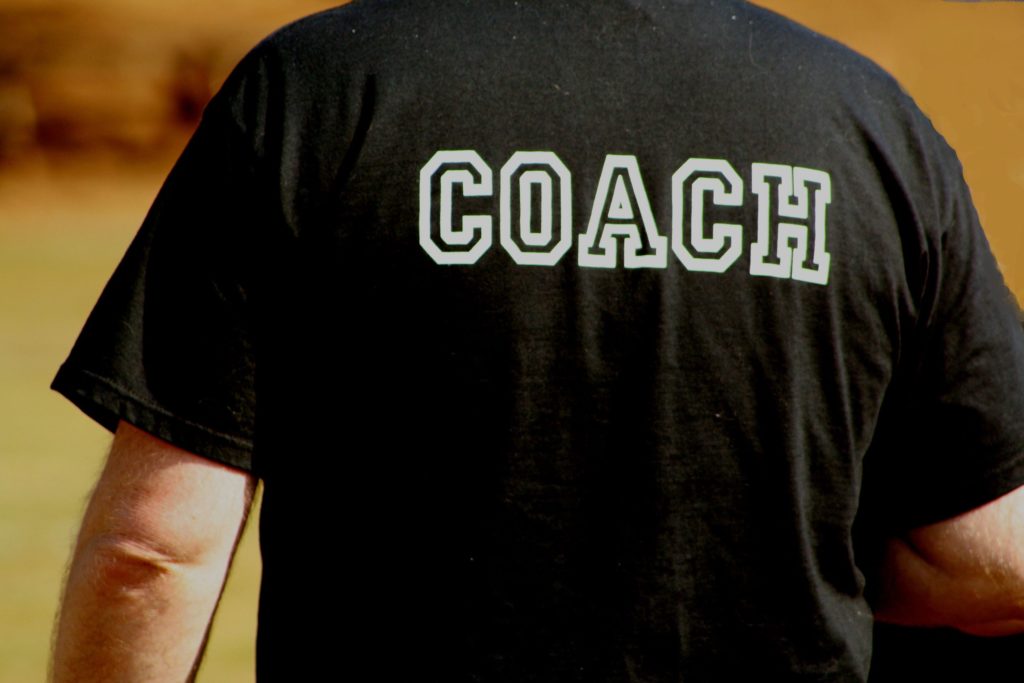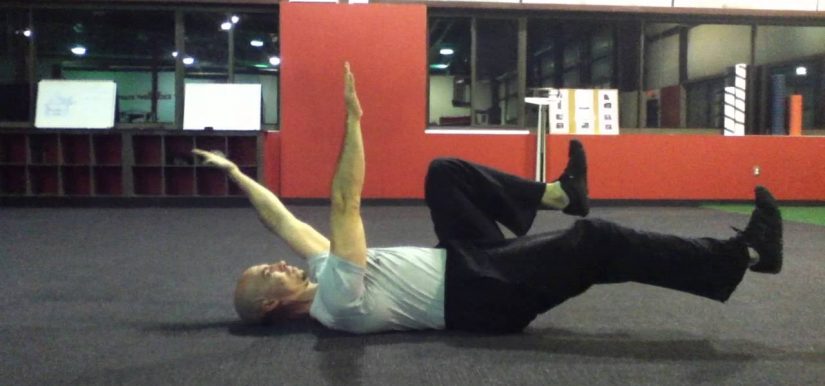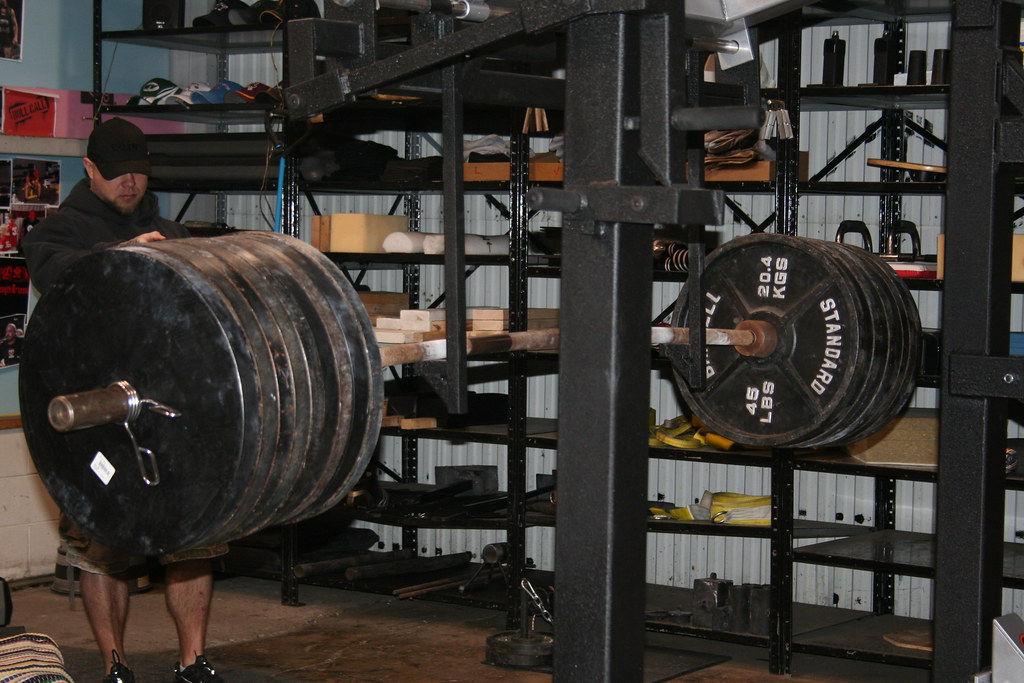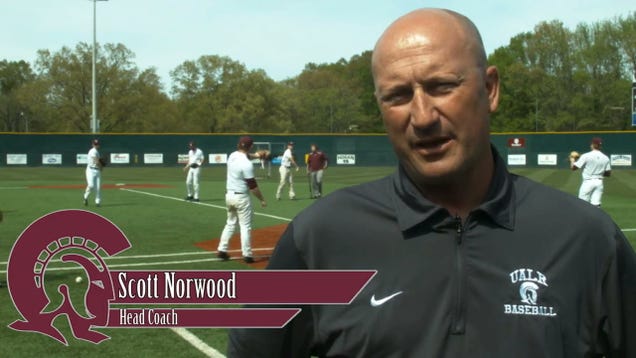There’s a thick common thread that weaves throughout the fitness industry, for coaches in particular.
Copyright: venezolana74 / 123RF Stock Photo
This common thread is made of stress and loops its way through our daily schedules. It pulls on our time blocks and puts us in a crunch. We’re giving all of our time, and our energy, to our clients and leaving none of either for ourselves.
Our training isn’t consistent enough.
Meals are missed.
The stress compounds.
The frustration mounts.
Instead of carving out time to fill our bucket so that we may give to others, we exhaust our resources then burn through our reserves and leave our buckets empty, with a hole in the bottom. It’s no way to live, and it’s impossible to perform at our best in this condition.
Chris Merritt and I developed Strength Faction to help other coaches and trainers avoid this downward spiral that ends in the burnout pit.

It’s time to open the discussion about busy schedule training strategies.
Take A Deep, Lung-filling, Relaxed, Fucking Breath
It goes in through your nose, fills your belly and expands into your chest. It expands in 360 degrees through your thorax. It comes in for at least three seconds—four is even better. Then you release it for twice as long as it took to take it in.
You do this every time you feel hectic and scattered—when stress mounts and frustration overwhelms because your responsibilities to everyone else are overshadowing your own training desires. You do this until the frustration escapes from your head, releasing your body’s tension.
Break Up The Workout
We all suffer from a fitness industry cognitive condition I call the spreadsheet paradigm—we have to follow a program exactly as it’s dictated on a spreadsheet. There’s no shame in this thought process—it’s rote conditioning at its finest.
We’ve learned over time that if we don’t start the day’s programming at the top, and finish at the bottom, that we’ve failed. This line of thinking continues on. Since if we can’t begin at the top and finish at the bottom, and that denotes failure, there’s no use in doing anything at all.
Bag it. No training today.
The spreadsheet paradigm is bullshit. I mean, it’s totally real, but it’s a bullshit thought parasite that needs extermination—especially for busy coaches and trainers. Reality is we just need to do the work we can manage to do in the time we have to manage it in. We need consistency that fits our work and life.
(Before we move on, note that if you have the full blocks of time, and have the mental, physical and emotional resources to perform the program as is, do that.)
But if you can’t, that’s totally cool. We just have to break up the workout into smaller blocks.
Start by considering your goals. Is your main goal right now to move better, or is it to get stronger? Are you looking to be so hot that you frequently find yourself in precarious sexual situations? All are valid. All are worthy.
Copyright: inarik / 123RF Stock Photo
Consider your goals before we break up the workout so that you may prioritize which part of the programs you’ll accomplish. This implies that you may not get all of the components complete. Take a deep breath, one of those breaths we described above, because it’s O-fucking-K.
Now that you have your goals in mind, think of your schedule. Find your breaks and note them all.
Even if they’re miniscule, ten minute gaps between clients.
Now that you know your goals and have noted your breaks, look at the components of the program: warm-up/movement training, strength training, conditioning. Consider which components will most impact progress toward your goals.
Do you have your goals, your schedule blocks and the programming components written out in front of you? Cool.
Let’s hypothetically say that you have a client at 6 am then another at 7:30 am. It takes you a couple of minutes to set up for each client, and your current goal is to achieve ridiculous super hotness that makes underwear fall off everyone, guys and gals alike, as you walk your sweet ass down the street.
So the most impactful components to achieve your hotness are your warm-up, your strength work and your conditioning. Well, on this particular day you only have one break that you’re certain you’ll be able to get training in before other responsibilities overwhelm you and your energy is drained.
Copyright: ammentorp / 123RF Stock Photo
So you say to yourself,
“Sexy, we’re going to get to the gym at 5:40am so we can get our warm-up in before our first client at 6. Then, when that client finishes, we’re going to get our conditioning done and grab a quick meal before our 7:30 client. Then we’re going to feel good that we made good use of the time that we had and we’re going to have a great rest of the day.”
See what happened there? We prioritized based on our goals and we made use of the little time we had. It was awesome.
Now, if you have more blocks of time, you include more components of the program.
Ten minutes here?—do your warm-up.
Another ten minutes there?—do your power and core training.
Oh boy! Another 20 minutes over there?—hit as much of your strength training as you can.
And so on. And so forth.
Most imperative is that we break the spreadsheet paradigm and accomplish what we can with the time we have while prioritizing our actions toward our goals.
What If You’re Just Wrecked?
If the more intense components of the program are too taxing based on your current stress level, bag them. Seriously, it’s O-fucking-K. You’re not going to do anything good by compounding the stress when you feel overwhelmed. Think recovery and regeneration instead.
Do some cardiac output.
Do your warm-up a few times.
Just get out of the gym and take a walk.
Meditate.1
Copyright: mangostock / 123RF Stock Photo
Read.
Just do something that takes your stress level down. If you’re totally at a loss, do some cardiac output. The light neural stimulation promotes recovery and regeneration. The constant, low-intensity movement relieves stress.
Kicking Ass Is Doing The Right Things For Ourselves At The Right Times
You’re busy, adapt to your situation rather than trying to force something that isn’t there. Just because you’re not ripping barbells to and fro doesn’t mean you’re not kicking ass. Kicking ass is being intelligent and doing what you need to do for yourself right now. Use this article and do just that.
About the Author
Todd Bumgardner, MS, CSCS is a co-founder of Strength Faction, an online coaching program for strength coaches and personal trainers that helps fitness industry folks transform their bodies and their coaching. He and his partner, Chris Merritt, just released a great, free E-book on how to keep your training on track, even while you’re training all of your clients.
You can download it here: Train Yourself…Even While You’re Training Everyone Else.

















